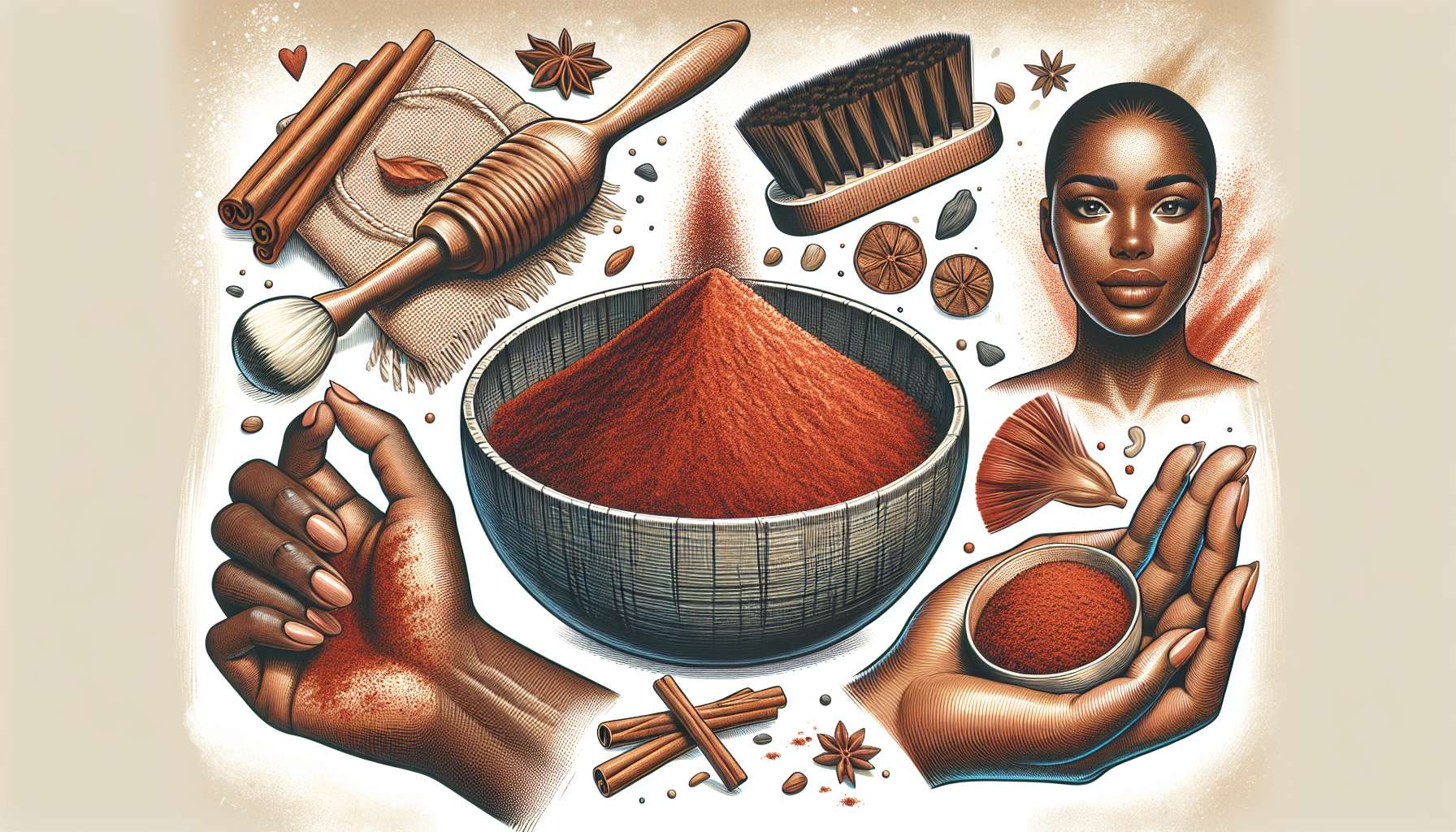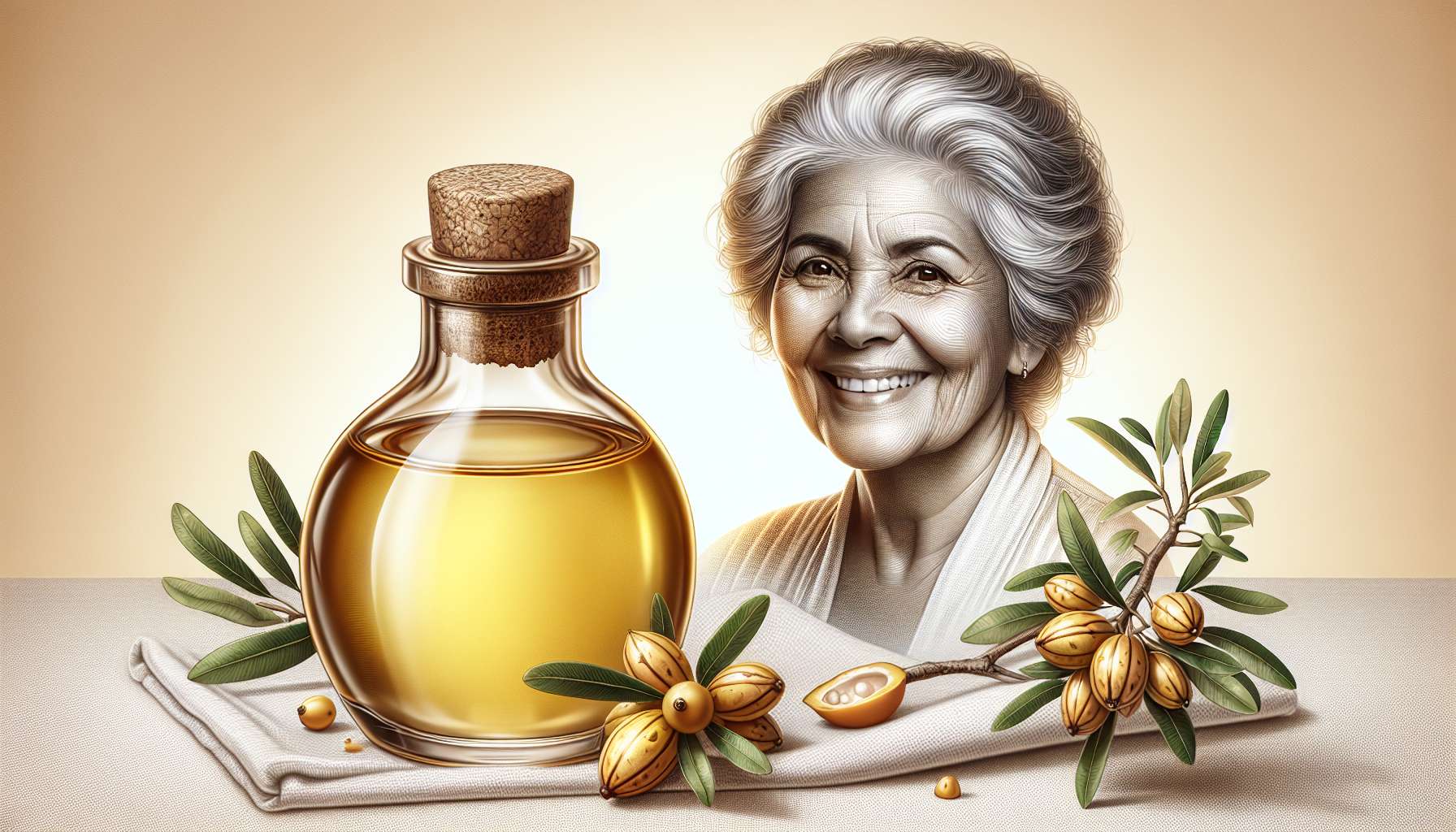Unveiling the Magic of DIY Body Oil: A Comprehensive Guide
Have you ever considered the wonders of creating your own personal care products? As the awareness and popularity of natural skincare solutions continue to rise, the trend of making DIY body oil at home has captured the attention of many beauty enthusiasts. From selecting the perfect carrier oils to adding a touch of essential oils for fragrance, the art of making body oil offers a unique blend of creativity and self-care. In this article, we will delve into the realm of DIY body oil, exploring its benefits, ingredients, recipes, and much more. Get ready to embark on a journey towards healthier, glowing skin with the power of DIY body oil!
The Origins of DIY Body Oil
Before we dive into the practical aspects of making DIY body oil, let’s take a moment to appreciate the historical significance of this beauty practice. The tradition of using oils for skincare dates back centuries, with ancient civilizations such as Egypt, Greece, and India incorporating various plant oils into their beauty routines. The concept of blending different oils to create customized skincare products has been a longstanding tradition in many cultures, emphasizing the importance of natural ingredients for enhancing skin health.
Today, the resurgence of interest in natural beauty products has led to a renewed appreciation for the art of DIY body oil. By harnessing the power of botanical oils, individuals can tailor their skincare regimen to suit their specific needs and preferences. Whether you are looking to moisturize dry skin, soothe irritation, or simply indulge in a luxurious self-care ritual, DIY body oil offers a versatile and effective solution.
The Benefits of DIY Body Oil
One of the primary advantages of making your own body oil is the ability to control the ingredients and customize the formula to meet your unique skincare goals. Commercial skincare products often contain synthetic additives, preservatives, and fragrances that may not be suitable for all skin types. By creating your own body oil, you can ensure that it is free from harmful chemicals and tailored to your skin’s specific needs.
In addition to being all-natural and free from potentially harmful ingredients, DIY body oil offers a host of benefits for the skin. The combination of nourishing carrier oils, such as coconut, jojoba, or almond oil, with the therapeutic properties of essential oils can help hydrate, protect, and rejuvenate the skin. These oils are rich in vitamins, antioxidants, and fatty acids that promote skin health and combat common issues such as dryness, inflammation, and signs of aging.
Furthermore, the act of massaging body oil into the skin can improve circulation, relax tense muscles, and provide a sensory experience that promotes overall well-being. The ritual of applying body oil not only nourishes the skin but also nurtures the mind and spirit, creating a holistic approach to self-care.
Choosing the Right Ingredients for DIY Body Oil
When it comes to creating your own body oil, the key lies in selecting the right combination of ingredients to achieve your desired results. The two main components of body oil are carrier oils and essential oils, each serving a specific purpose in skincare. Carrier oils, also known as base oils, form the foundation of the body oil and provide hydration and nourishment to the skin. Some popular carrier oils include:
- Coconut oil: Known for its moisturizing and antimicrobial properties, coconut oil is a versatile option for all skin types.
- Jojoba oil: Mimicking the skin’s natural oils, jojoba oil is easily absorbed and helps balance oil production.
- Almond oil: Rich in vitamins and antioxidants, almond oil is soothing and gentle on the skin.
- Argan oil: Packed with essential fatty acids and vitamin E, argan oil is ideal for hydrating and repairing the skin.
Once you have chosen a carrier oil or a combination of oils that suits your skin type, you can enhance the benefits of your body oil by incorporating essential oils. Essential oils are highly concentrated plant extracts that offer a range of therapeutic properties, from calming and soothing to invigorating and rejuvenating. Some popular essential oils for skincare include:
- Lavender oil: Renowned for its calming and skin-healing properties, lavender oil is a versatile choice for all skin types.
- Tea tree oil: With its antibacterial and anti-inflammatory properties, tea tree oil is effective in combating acne and blemishes.
- Rosehip oil: Rich in vitamins A and C, rosehip oil helps brighten the skin and reduce the appearance of scars and fine lines.
- Frankincense oil: Known for its anti-aging and skin-rejuvenating properties, frankincense oil can help improve skin tone and texture.
When selecting essential oils for your DIY body oil, it is important to consider your skin type, personal preferences, and any potential sensitivities or allergies. It is recommended to perform a patch test before using any new essential oil to ensure that it does not cause irritation or adverse reactions.
DIY Body Oil Recipes for Every Skin Type
Now that you have a better understanding of the benefits and ingredients of DIY body oil, it’s time to explore some simple and effective recipes for different skin types. Whether you have dry, oily, sensitive, or mature skin, there is a DIY body oil recipe that can cater to your specific needs and concerns.
Hydrating Body Oil for Dry Skin
If you struggle with dry, flaky skin, this hydrating body oil recipe can help restore moisture and nourishment to your skin:
- 1/4 cup coconut oil
- 1/4 cup sweet almond oil
- 10 drops lavender essential oil
- 5 drops chamomile essential oil
Combine the coconut oil and sweet almond oil in a glass bottle, then add the lavender and chamomile essential oils. Shake well to mix the oils thoroughly. Apply a small amount of the body oil to damp skin after showering to lock in moisture and promote soft, supple skin.
Balancing Body Oil for Oily Skin
If you have oily or acne-prone skin, this balancing body oil recipe can help regulate oil production and reduce blemishes:
- 1/4 cup jojoba oil
- 1/4 cup grapeseed oil
- 10 drops tea tree essential oil
- 5 drops lemon essential oil
Combine the jojoba oil and grapeseed oil in a glass bottle, then add the tea tree and lemon essential oils. Shake well to mix the oils thoroughly. Apply a small amount of the body oil to clean, dry skin to help control excess oil and clarify the complexion.
Soothing Body Oil for Sensitive Skin
If you have sensitive or easily irritated skin, this soothing body oil recipe can help calm inflammation and promote skin healing:
- 1/4 cup argan oil
- 1/4 cup rosehip oil
- 10 drops chamomile essential oil
- 5 drops calendula essential oil
Combine the argan oil and rosehip oil in a glass bottle, then add the chamomile and calendula essential oils. Shake well to mix the oils thoroughly. Apply a small amount of the body oil to clean, dry skin to soothe irritation and support skin repair.
Anti-Aging Body Oil for Mature Skin
If you are looking to combat signs of aging and rejuvenate mature skin, this anti-aging body oil recipe can help improve skin tone and texture:
- 1/4 cup avocado oil
- 1/4 cup pomegranate seed oil
- 10 drops frankincense essential oil
- 5 drops rose essential oil
Combine the avocado oil and pomegranate seed oil in a glass bottle, then add the frankincense and rose essential oils. Shake well to mix the oils thoroughly. Apply a small amount of the body oil to clean, dry skin to firm, and rejuvenate the skin, reducing the appearance of fine lines and wrinkles.
Expert Opinions on DIY Body Oil
To gain further insights into the world of DIY body oil, we reached out to skincare experts for their thoughts on this popular beauty trend. Dr. Jane Smith, a dermatologist specializing in natural skincare, emphasizes the benefits of using DIY body oil for enhancing skin health:
“DIY body oil allows individuals to take control of their skincare routine and customize products to suit their specific needs. By using natural ingredients and avoiding synthetic additives, DIY body oil can help promote healthier, more radiant skin.”
Dr. Smith also highlights the importance of selecting high-quality carrier oils and essential oils for optimal results, recommending organic and cold-pressed oils whenever possible.
Common Misconceptions about DIY Body Oil
Despite the numerous benefits of DIY body oil, there are some common misconceptions that may deter individuals from trying this skincare practice. One prevalent myth is that body oils are only suitable for dry skin types and can exacerbate oiliness in those with oily or combination skin. In reality, body oils can benefit all skin types when chosen and used correctly, as they help hydrate, protect, and nourish the skin without clogging pores.
Another misconception is that DIY body oil is time-consuming and complicated to make. While it may require some initial research and experimentation to find the perfect blend of oils for your skin, creating DIY body oil can be a simple and enjoyable process. With a few key ingredients and basic equipment, you can whip up a customized body oil recipe in no time.
Conclusion: Embracing the Beauty of DIY Body Oil
As we conclude our exploration of DIY body oil, it is evident that this skincare practice offers a wealth of benefits for the skin and the soul. By harnessing the power of natural ingredients and the art of blending oils, individuals can create personalized skincare products that promote health, vitality, and self-care. Whether you are seeking hydration, balance, soothing, or anti-aging effects, DIY body oil provides a versatile and effective solution for all skin types.
So, why not embark on your own DIY body oil journey and discover the transformative potential of botanical skincare? With a little creativity, experimentation, and a touch of self-love, you can elevate your skincare routine to new heights and unlock the magic of DIY body oil. Embrace the beauty of natural ingredients, pamper your skin, and indulge in the luxurious experience of crafting your own personal care products. Your skin will thank you for it!




